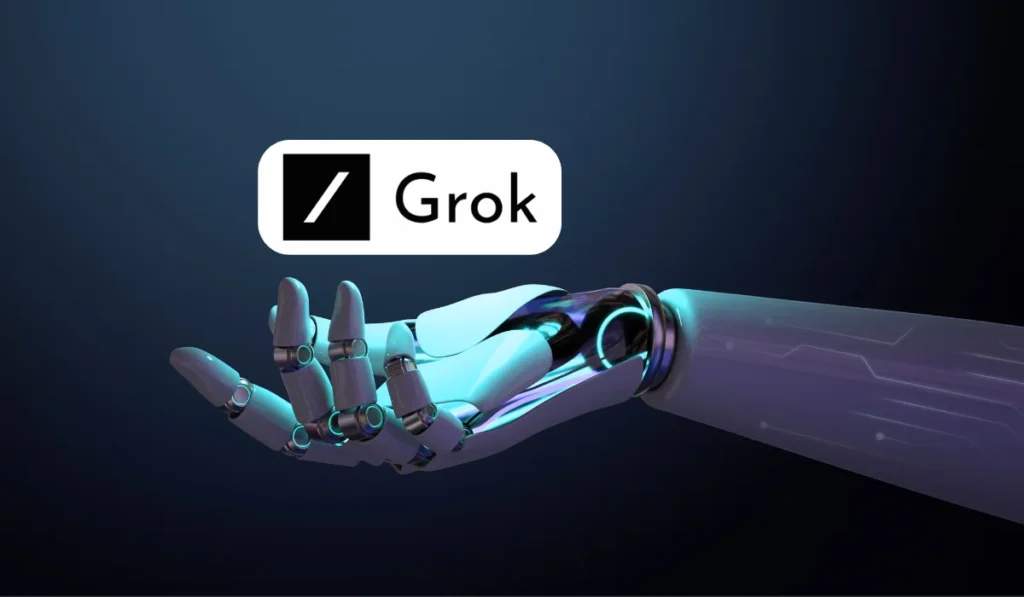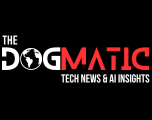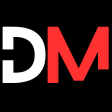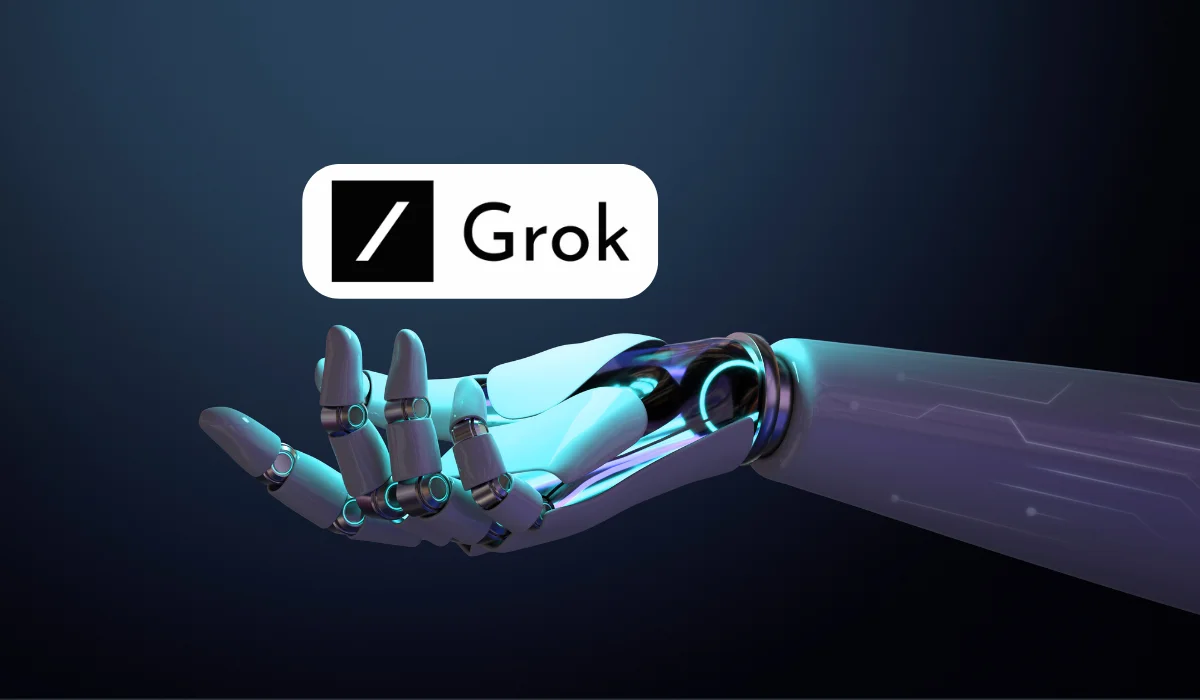
Developers Can Now Build on Elon Musk’s AI Chatbot Grok
Grok’s Code Released for Public Use: Following Elon Musk’s announcement in March, xAI has officially open-sourced its large language model (LLM) chatbot, Grok. This move grants developers and researchers free access to the “weights and architecture” that power Grok, allowing them to build upon the model and potentially contribute to its future development. This open-sourcing strategy positions xAI in the competitive landscape of AI development, where companies like OpenAI, Meta, and Google are also vying for dominance.
What’s Included in the Open Release?
The open release on GitHub provides access to the core components of Grok-1, a 314 billion parameter Mixture-of-Experts model. The company’s blog post explains that this open release includes “base model weights” and the underlying “network architecture.” Notably, the released model represents a snapshot from October 2023 and hasn’t been specifically fine-tuned for tasks like dialogue applications.
Benefits and Limitations of Open-Sourcing Grok
As VentureBeat points out, xAI has opted for the Apache 2.0 license for Grok’s open release. This license permits commercial use of the model by developers but excludes the training data and real-time data connection to X’s platform. Previously, in November 2023, xAI had disclosed that Grok’s development focused on areas such as code generation, creative writing, and question answering.
Open Source vs. Closed Source in AI Development
Elon Musk’s commitment to open-source principles extends beyond Grok. He’s a vocal critic of companies that keep their AI models closed-source, including OpenAI, which he co-founded but is now suing over alleged breaches of an open-source agreement.
Open-sourcing AI models can be a strategic move for companies to gather valuable feedback from the broader research community, leading to model improvements. While fully open-source models like Mistral and Falcon exist, the most prominent AI models tend to be either entirely closed-source or offered with limited open licenses. Meta’s LLaMA 2 exemplifies this approach. While the research behind LLaMA 2 is freely available, companies with massive user bases, like Meta itself, must pay a fee for access, and developers are restricted from building upon it.
Grok’s Early Reception and Future Potential
Initially, access to the Grok chatbot required an X subscription, essentially a paid blue check on the platform. Designed to be an irreverent and more current alternative to chatbots like OpenAI’s ChatGPT and Google’s Gemini, Grok’s performance in early testing fell short of expectations. It lacked humor and didn’t offer any significant advantages over the more powerful and established chatbots available.
However, with the open-sourcing of Grok’s core components, the future presents new possibilities. The developer and research community now has the chance to delve into the model, potentially identify areas for improvement, and contribute to its evolution. This collaborative approach could lead to significant advancements for Grok, allowing it to compete more effectively in the AI chatbot landscape.
Potential Advantages of Open-Sourcing Grok
- Faster Innovation: With a wider pool of developers and researchers working on Grok, the model could see more rapid improvements and advancements. This collaborative approach could address some of the shortcomings identified in early testing [8].
- Community-Driven Features: The open-source release allows the developer community to contribute new features and functionalities to the chatbot. This could lead to a more versatile and user-friendly chatbot experience in the future.
- Transparency and Trust: Open-sourcing it aligns with Elon Musk’s philosophy of transparency in AI development. It allows the public to scrutinize the model’s inner workings and fosters trust in its capabilities.
Challenges of Open-Sourcing Grok
- Maintaining Quality Control: With a larger number of contributors, ensuring the quality and consistency of the codebase could become a challenge. xAI will need to establish clear guidelines and processes for managing the open-source project.
- Monetization Strategies: While the Apache 2.0 license allows commercial use, xAI might face difficulties figuring out how to monetize it in the long run. This will be especially crucial if the model gains significant traction and widespread adoption.
- Security Concerns: Opening up the codebase could introduce potential security vulnerabilities if not managed properly. xAI will need to ensure robust security measures are in place to mitigate these risks.
The Road Ahead for Grok
xAI’s decision to open-source it marks a significant development in the AI industry. It grants researchers and developers the tools to build upon this LLM and potentially shape its future. This move reflects the ongoing competition between tech giants like xAI, OpenAI, Meta, and Google, all striving to develop the most advanced and versatile AI models. Whether It will rise to the challenge and become a major player in the chatbot space remains to be seen. However, by opening its doors to collaboration, xAI has positioned Grok for potential growth and innovation in the exciting world of AI.


